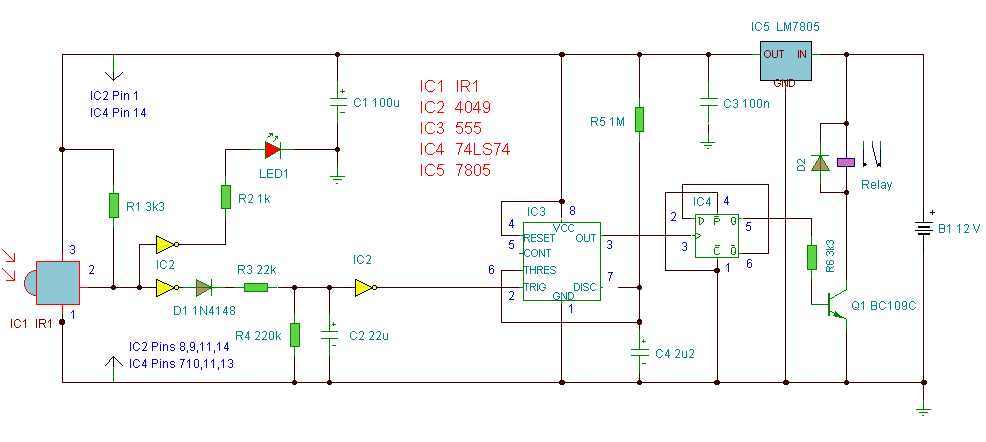
basic circuit makes rgb color organ

The concept of a color organ involves the transformation of sound, including musical tones, into light. According to wave theory, both music and light possess similar wave characteristics.
A color organ is an electronic device that visually represents sound through the emission of colored lights. It operates on the principle of converting audio signals into corresponding light signals, allowing the viewer to experience music in a multi-sensory manner. The core components of a color organ typically include a microphone or audio input, signal processing circuitry, and an array of lights, such as LEDs or incandescent bulbs.
The audio signal is captured by the microphone, which converts sound waves into an electrical signal. This signal is then processed using filters and amplifiers to isolate specific frequency ranges. The processed signals are subsequently used to control the intensity and color of the lights. Different frequency bands correspond to different colors or light patterns, creating a dynamic visual display that changes in real-time with the music.
The design of a color organ can vary significantly depending on the desired complexity and features. Basic models may use simple analog circuits, while more advanced versions may incorporate digital signal processing (DSP) techniques to achieve greater precision and flexibility in light modulation. Some color organs even allow for user customization, enabling users to select specific colors or patterns to correspond with particular sounds or musical styles.
In summary, a color organ serves as an innovative interface between auditory and visual experiences, harnessing the principles of wave theory to create a captivating display that enhances the enjoyment of music.The idea of a color organ is that any sound, including musical sound, can be transformed into light. As stated by wave theory, both music and light have.. 🔗 External reference
A color organ is an electronic device that visually represents sound through the emission of colored lights. It operates on the principle of converting audio signals into corresponding light signals, allowing the viewer to experience music in a multi-sensory manner. The core components of a color organ typically include a microphone or audio input, signal processing circuitry, and an array of lights, such as LEDs or incandescent bulbs.
The audio signal is captured by the microphone, which converts sound waves into an electrical signal. This signal is then processed using filters and amplifiers to isolate specific frequency ranges. The processed signals are subsequently used to control the intensity and color of the lights. Different frequency bands correspond to different colors or light patterns, creating a dynamic visual display that changes in real-time with the music.
The design of a color organ can vary significantly depending on the desired complexity and features. Basic models may use simple analog circuits, while more advanced versions may incorporate digital signal processing (DSP) techniques to achieve greater precision and flexibility in light modulation. Some color organs even allow for user customization, enabling users to select specific colors or patterns to correspond with particular sounds or musical styles.
In summary, a color organ serves as an innovative interface between auditory and visual experiences, harnessing the principles of wave theory to create a captivating display that enhances the enjoyment of music.The idea of a color organ is that any sound, including musical sound, can be transformed into light. As stated by wave theory, both music and light have.. 🔗 External reference





